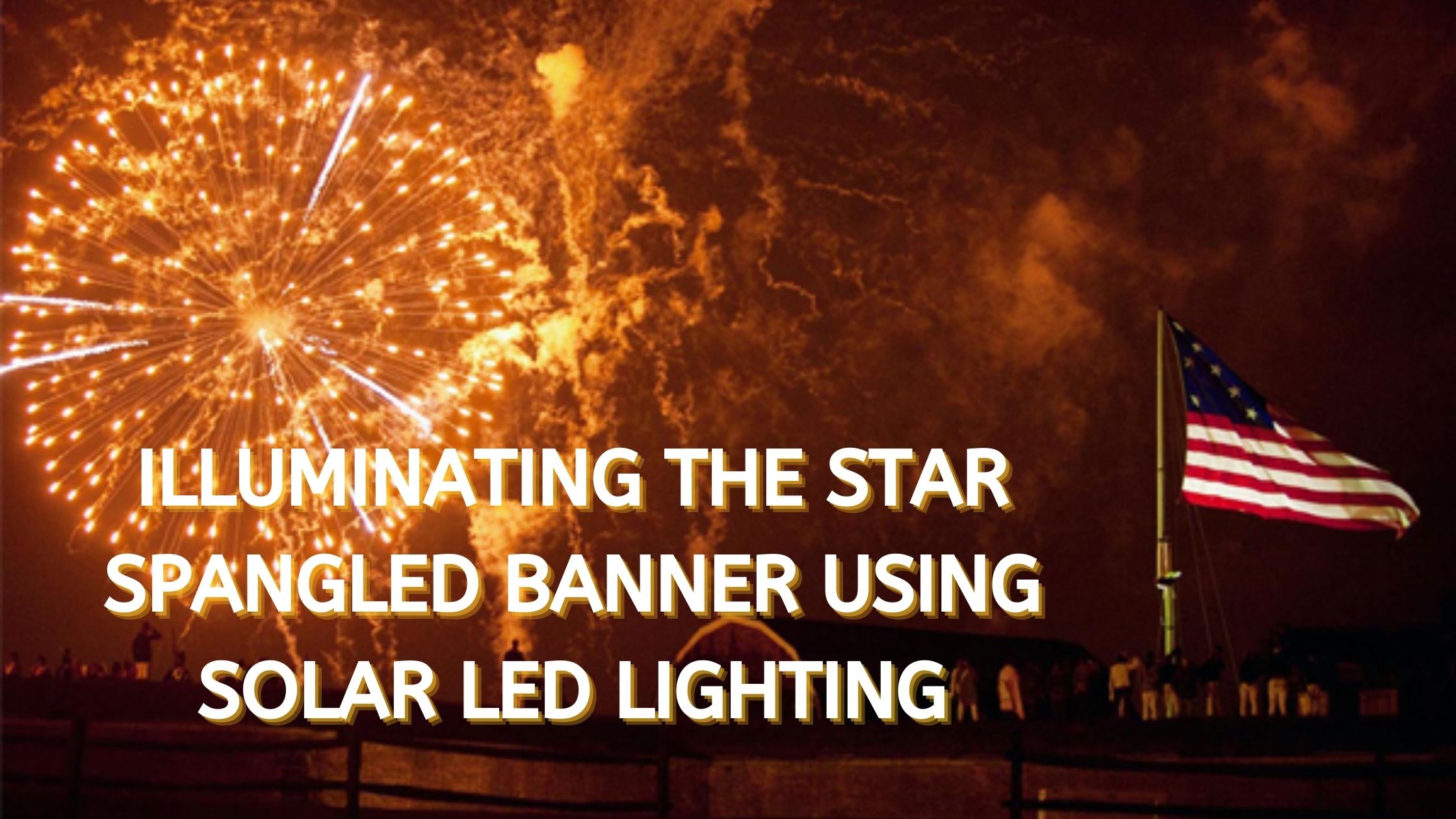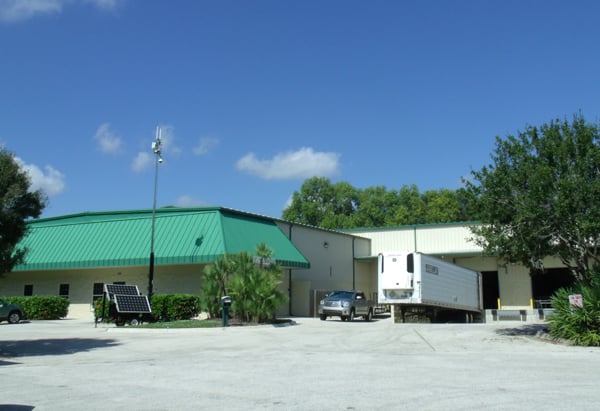Solar LED Lighting and Off-Grid Power Systems for
Solar lighting systems are a great way to support lighting or power sustainably while not relying on the electric grid. LED solar lighting systems are perfect for remote locations or in cases where it is costly to bring in standard grid power. Check out the various systems available to help shed some light on your next project using renewable solar energy.
Solar Lighting & Power from Design to Install
Initial Design Phase
The initial design phase takes information such as project location, light level requirements, and operation requirements and combines them to design a system that meets the project's needs. Engineered documents such as IES reports, AutoCAD drawings, and light layouts are provided free of charge.
Configure Solar Power
Project Setup Phase
Install System Phase
Solar Lighting & Power Systems Overview
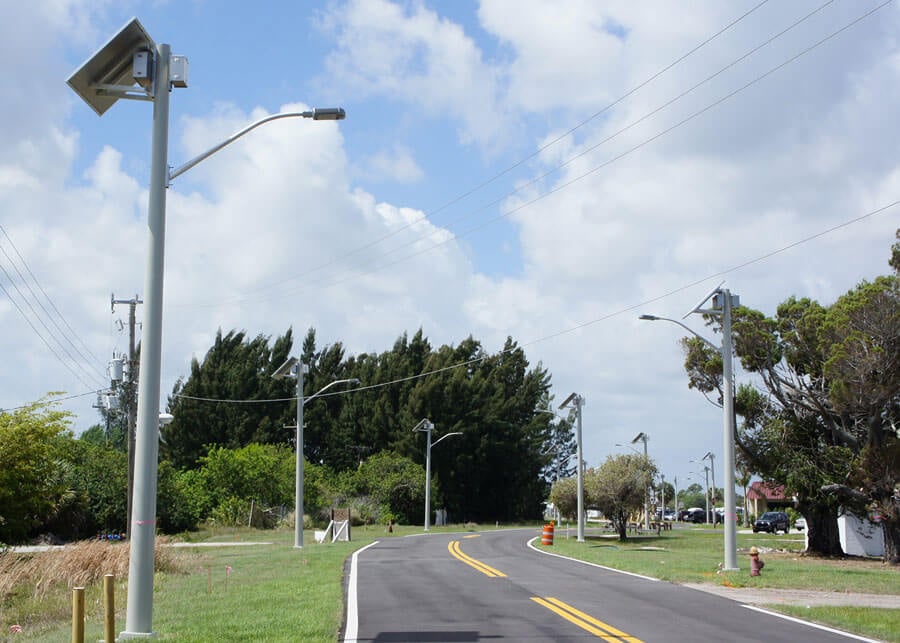
Solar Street Lighting
Solar street lighting can be used on highways, roadways, rural roads, and neighborhood streets to provide additional security to travelers. Dark streets can be a hazard to pedestrians and vehicle travelers alike. Solar-powered LED street lighting systems will provide the needed light without additional trenching or added utility costs. These self-contained systems provide the perfect solution to any roadway lighting application.
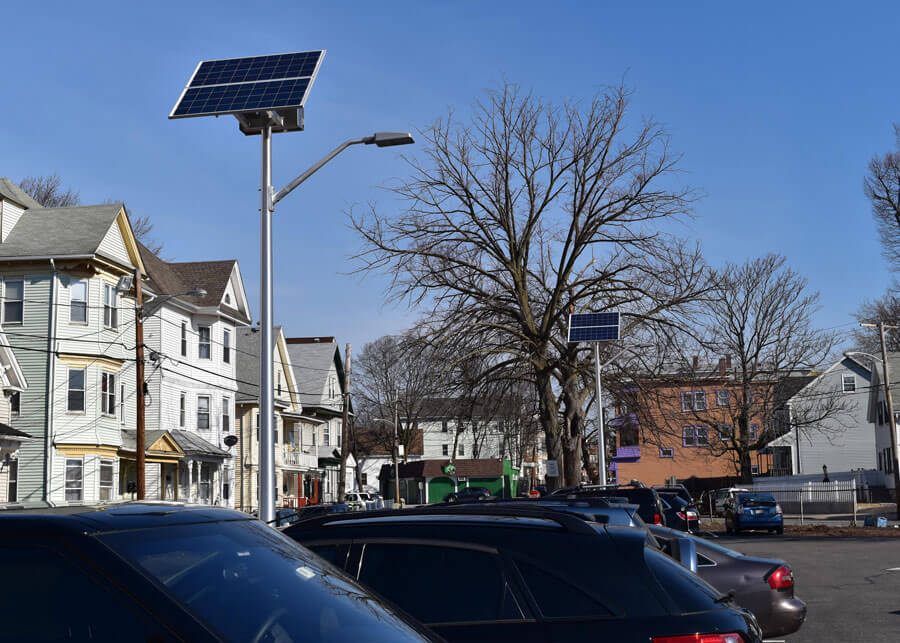
Solar Parking Lot Lighting
Solar parking lot lighting provides lighting to any size parking lot. The stand-alone lighting does not tear up the existing parking lot structures for installation. Dark sky-compliant fixtures can also provide uniform lighting without additional light pollution. Since each light is self-contained with its own power system installation is a snap. Set the pole and mount the solar and fixtures and it is operational the same night.
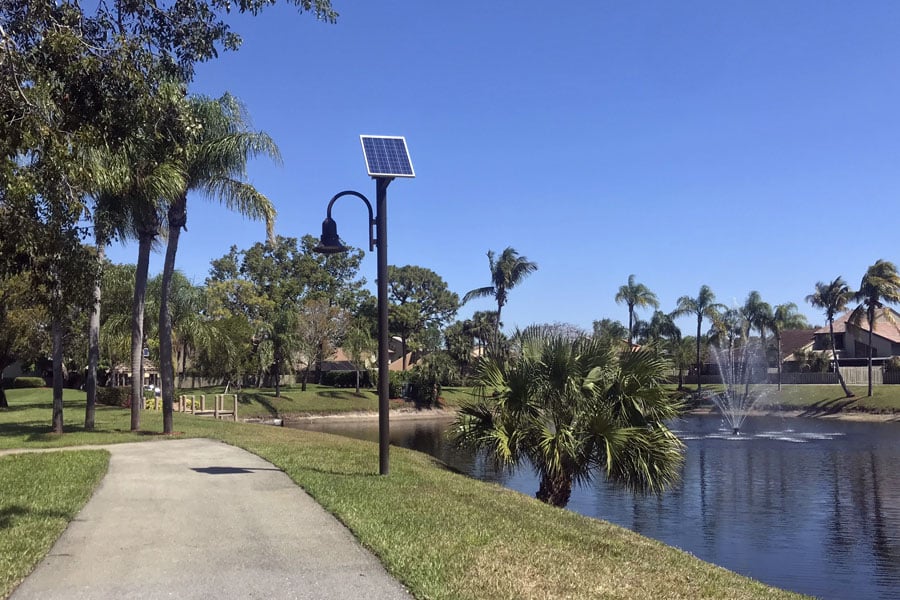
Solar Pathway Lighting
Pathways require lighting for pedestrians and bikers to provide safety and security at night or early morning. Solar pathway lighting will provide the needed light while not disturbing the surrounding area. Solar landscape lighting allows for showcasing both the landscaping and a green initiative without trenching through all the landscape work or in areas where power cannot be brought to.

Solar External & Internal Sign Lighting
Solar sign light systems provide lighting to a sign no matter the location without additional trenching tearing up the surrounding area or landscaping. Solar sign lights can even be installed in medians. The solar can mount in a visible location to show a green initiative or in the low-level landscape nearby or on the top of the sign structure. The systems work perfectly with internally illuminated and front-lit signs.
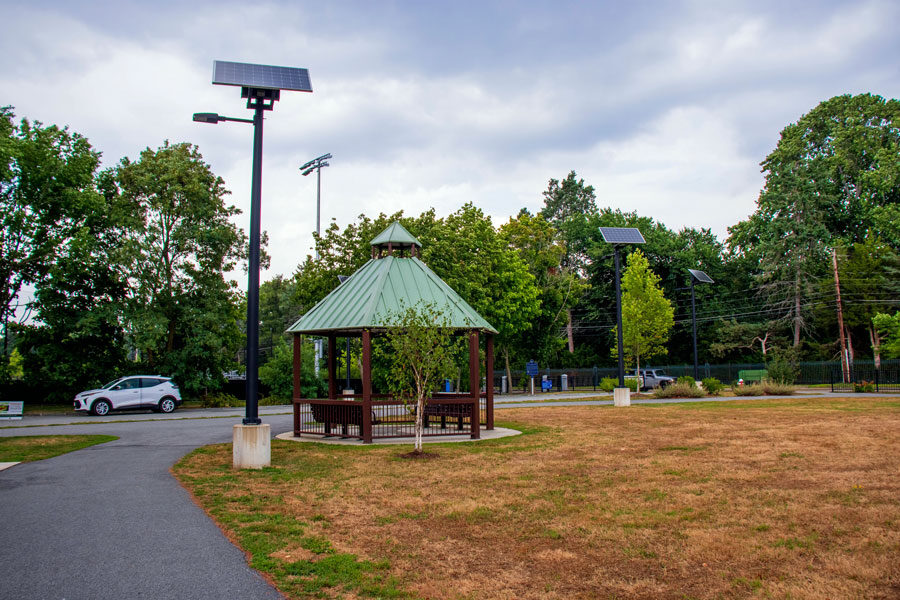
Solar Playground Lighting
Solar playground and park lighting systems deliver reliable illumination wherever needed, with no trenching or disruption to the grounds or landscaping. These lights can be installed throughout playgrounds or park pathways, providing visibility and safety in open areas or along trails. Solar panels can be positioned visibly to highlight sustainability efforts or discreetly within the landscape or atop light poles. Our systems are ideal for play zones, picnic shelters, walking paths, and community park entrances, ensuring bright, consistent light for enhanced safety and enjoyment.
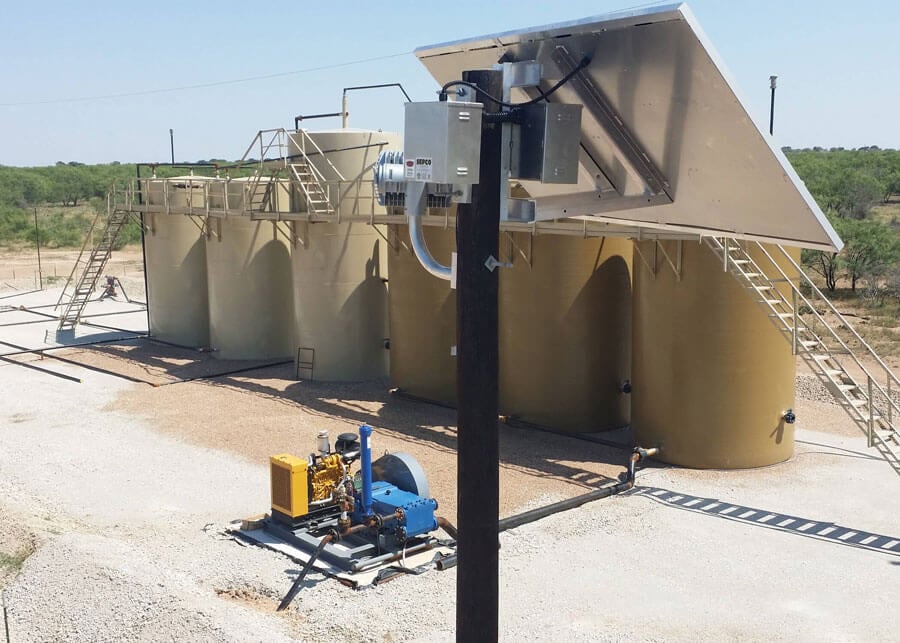
Solar Security & Area Lighting
Solar security lighting is the perfect solution for perimeters, parks, pathways, boat ramps, storage yards, and many other applications. The need for security lighting has increased and solar is a way to provide lighting in areas where existing utility lines do not exist or would cause damage to the surrounding area to trench in. Solar-powered security light systems are self-contained and are easy to install.
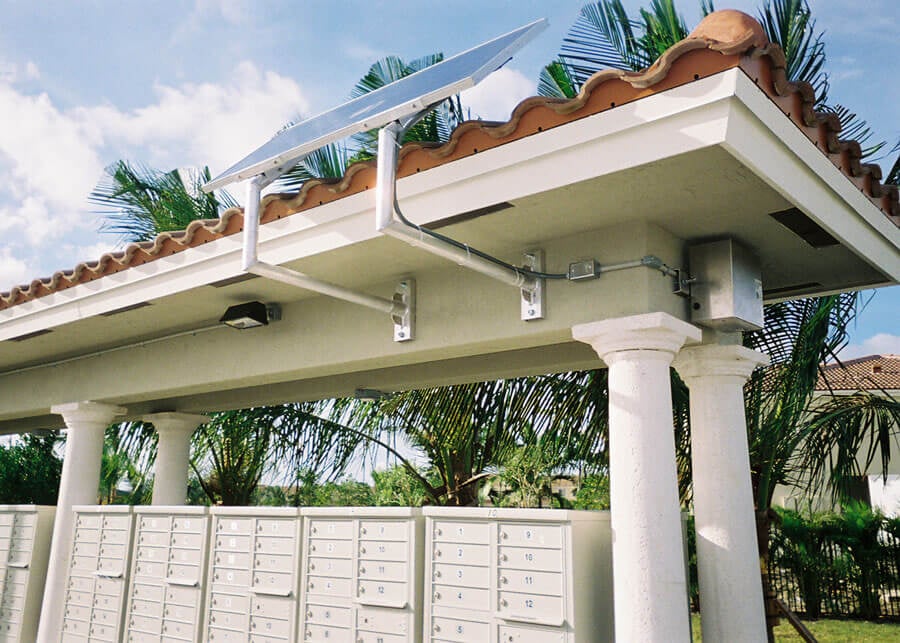
Solar Building Structure Lighting
Solar-powered building structure lighting can be used for pavilions, remote buildings, and mailbox clusters. The lighting provides added safety for residences and communities and can assist to deter theft and other crimes. The solar can be mounted to the roof of the structure with the lights installed inside the building or on a pole nearby.
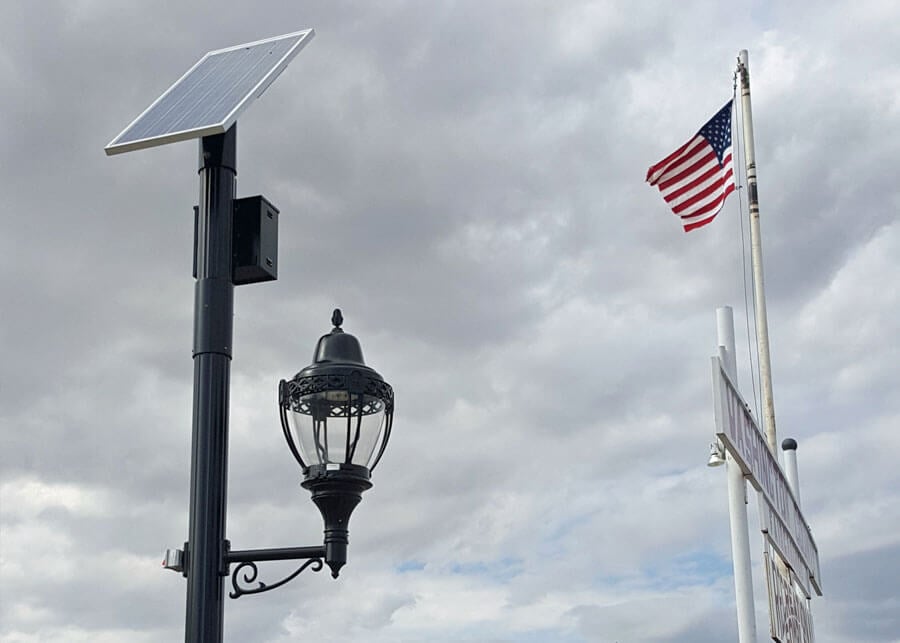
Decorative Solar Lighting
Decorative solar lighting can be used for a variety of applications including pathways, neighborhood streets, parking lots, sidewalks, urban settings and so much more. Decorative solar lights provide architecturally pleasant fixtures to meet the needs of the area. They can be installed practically anywhere, even from one power system to multiple fixtures.
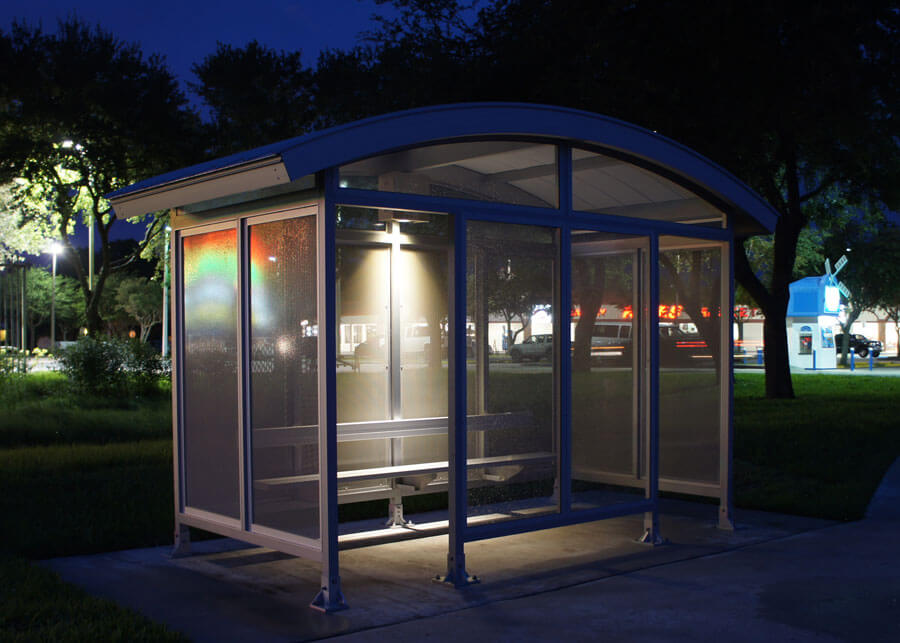
Solar Transit Lighting
Solar power bus stop lighting can be used for bus stops, bus stop shelters, and train stations. These lights provide lighting for safety and information to the people waiting at the bus stop. The lights can be installed at the bus stop as well as illuminate the Ad box and provide power for schedule and map boards. The lights can run from dusk to dawn or be motion activated to keep solar systems lower in cost.
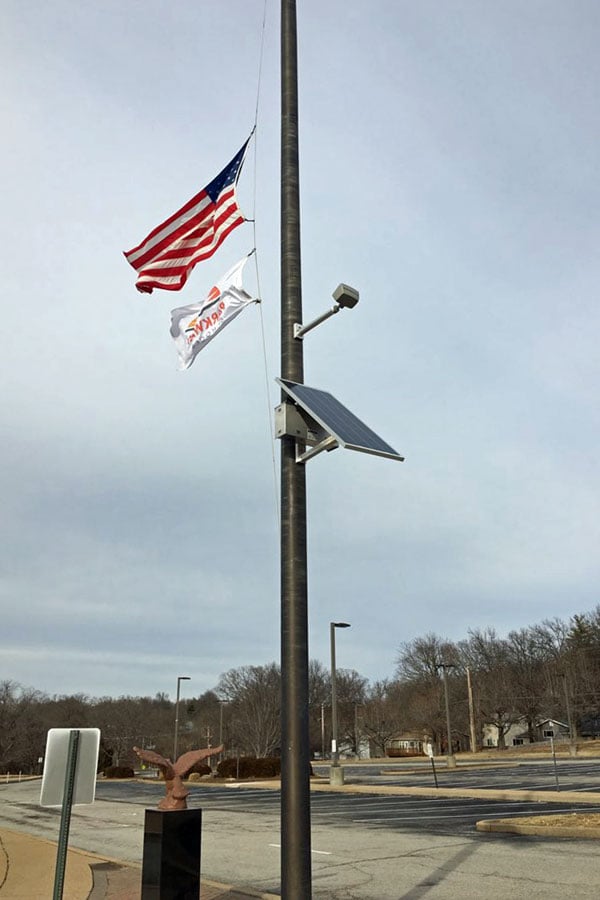
Solar Flagpole Lighting
The Flag Code states it is patriotic to make sure a flag is well illuminated when flying 24 hours a day. Solar flag pole lighting will be a great way to show your patriotism by providing light to your flag all night. The solar power system can be either mounted on the pole below the flag or on the ground nearby. By providing flawless power to the high-power LED flood fixture will showcase your flag without the need for utility lines.
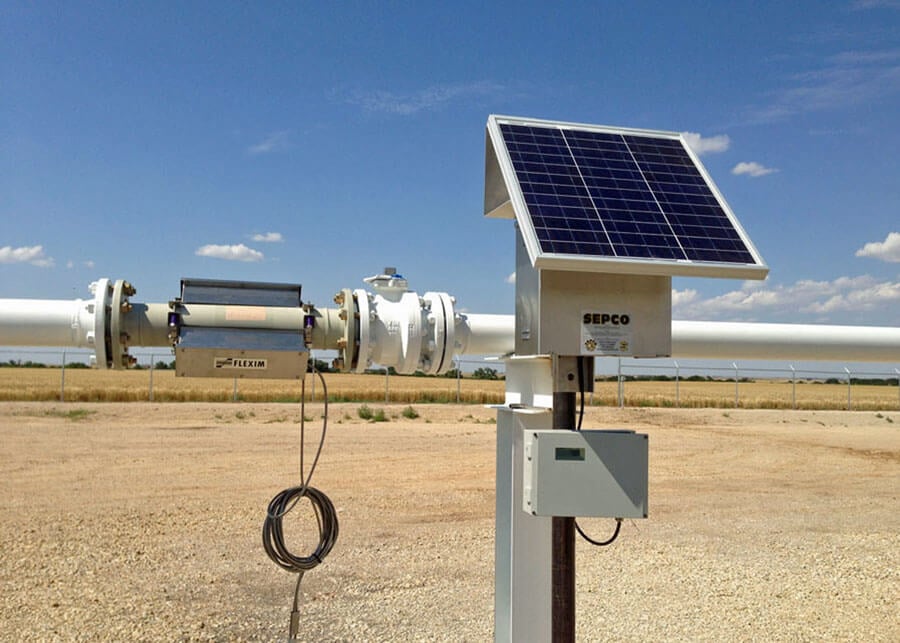
Custom Solar Power
Solar power is becoming the go-to power source for most projects. Solar Electric Power Company offers a wide variety of solar power stations for stand-alone power applications that offer an environmentally friendly alternative to standard electrical power. Our systems range from 10 Watts to 550 Watts, and can also be integrated together for even higher power output for larger applications.

Solar Billboard Lighting
Solar billboard lighting systems provide powerful, consistent illumination exactly where it’s needed—without trenching or disturbing the landscape. These lighting solutions can be installed at any billboard location, offering visibility and impact regardless of site conditions. Solar panels may be placed prominently to showcase sustainability or discreetly behind the billboard or on support structures. Our systems are perfectly suited for highway billboards, large signage, or advertising displays, ensuring bright, dependable light to enhance visibility and attract attention every night.
Latest Collection
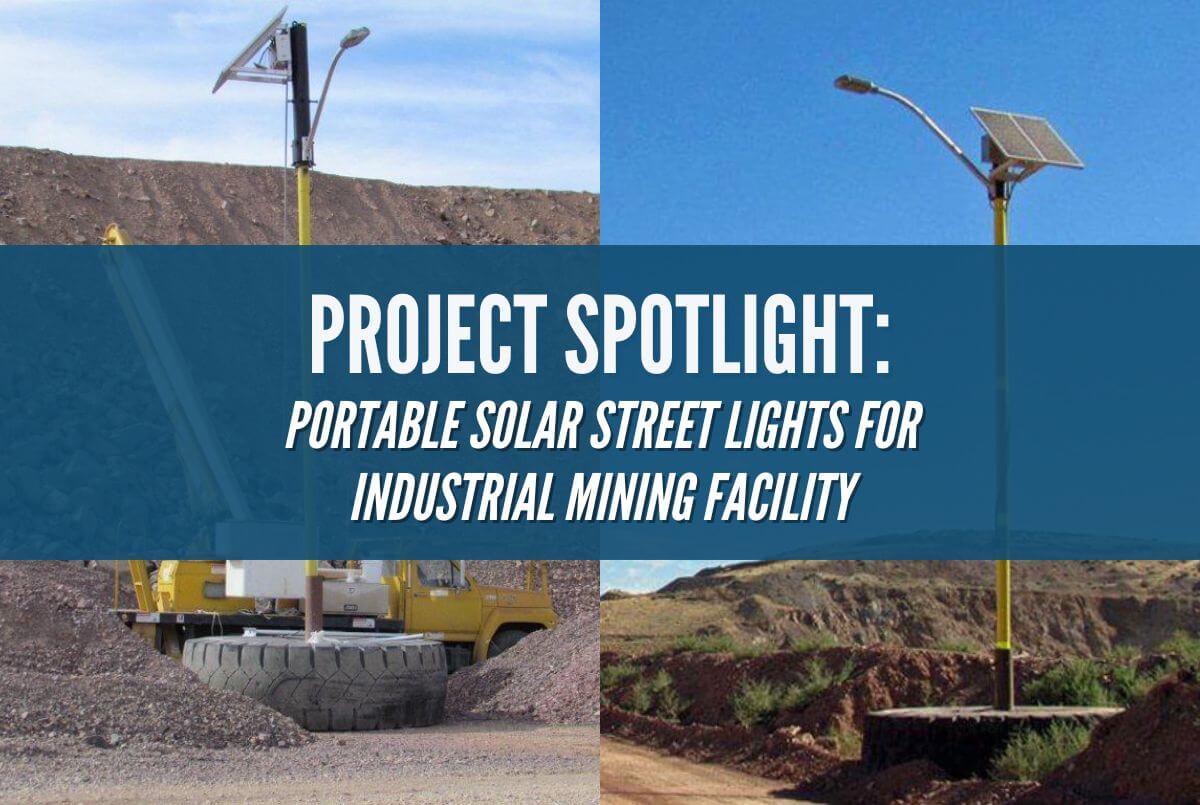
Project Spotlight: Portable Solar Street Lights
When a large industrial mining company needed to provide lighting for key areas within their massive, constantly changing land mine facility, they...

SEPCO and CADDetails Powering Sustainable Design Together
At SEPCO (Solar Electric Power Company), we're excited to announce our latest endeavor to make sustainable lighting solutions more accessible and...
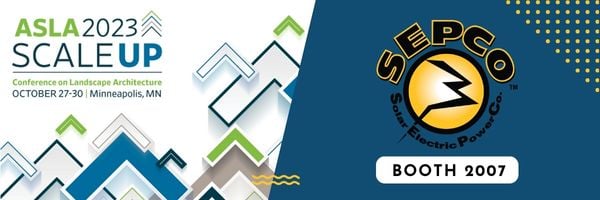
Visit SEPCO at the ASLA 2023 Conference Booth 2007
We are thrilled to invite you to join us at the highly anticipated ASLA 2023 Scale Up conference in the vibrant city of Minneapolis, MN. From October...
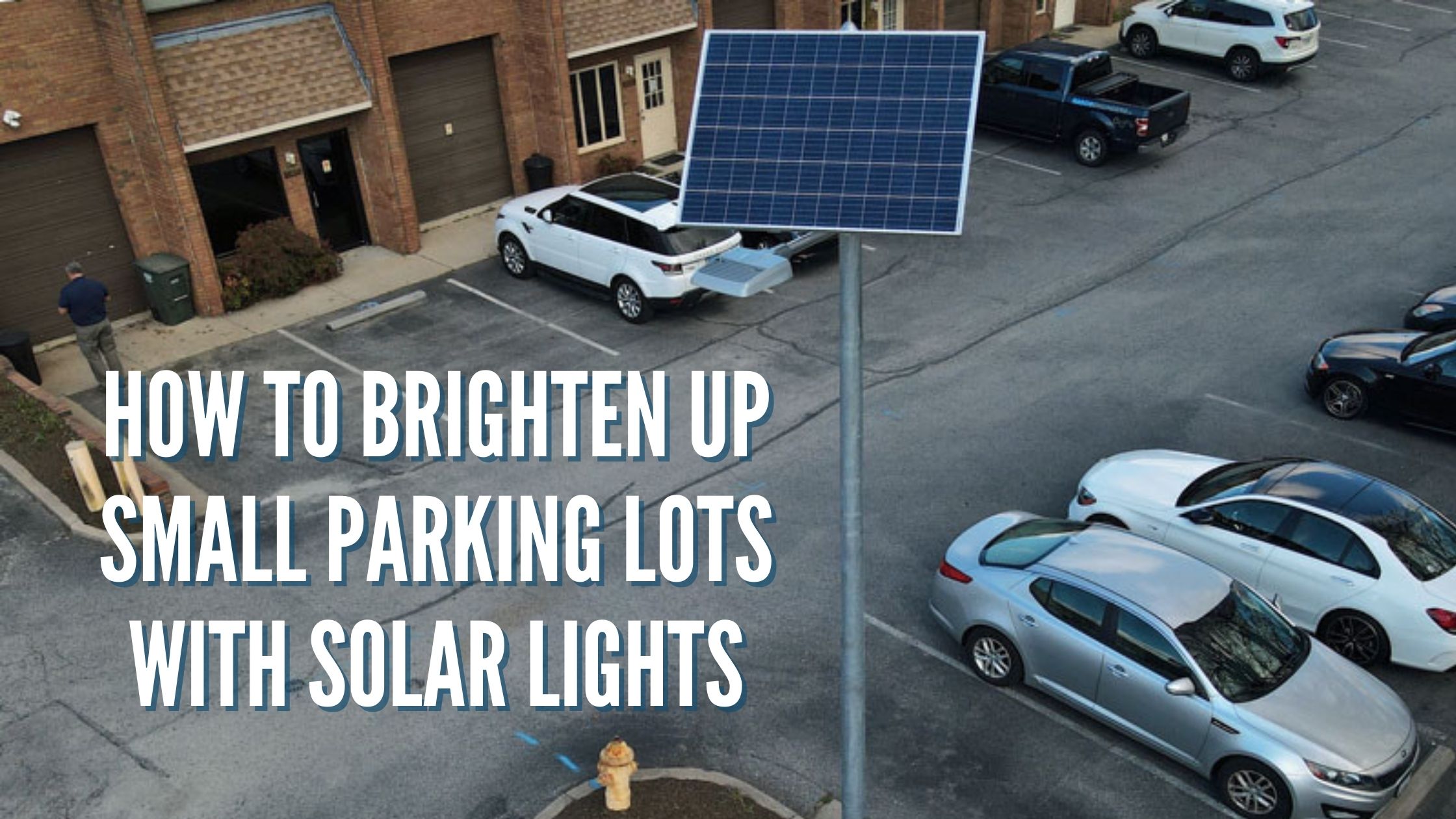
How To Brighten Up Small Parking Lots With Solar Lights
Having a well-lit parking lot is essential to keep your property safe and accessible, but if you have a small parking lot, it can be difficult to...
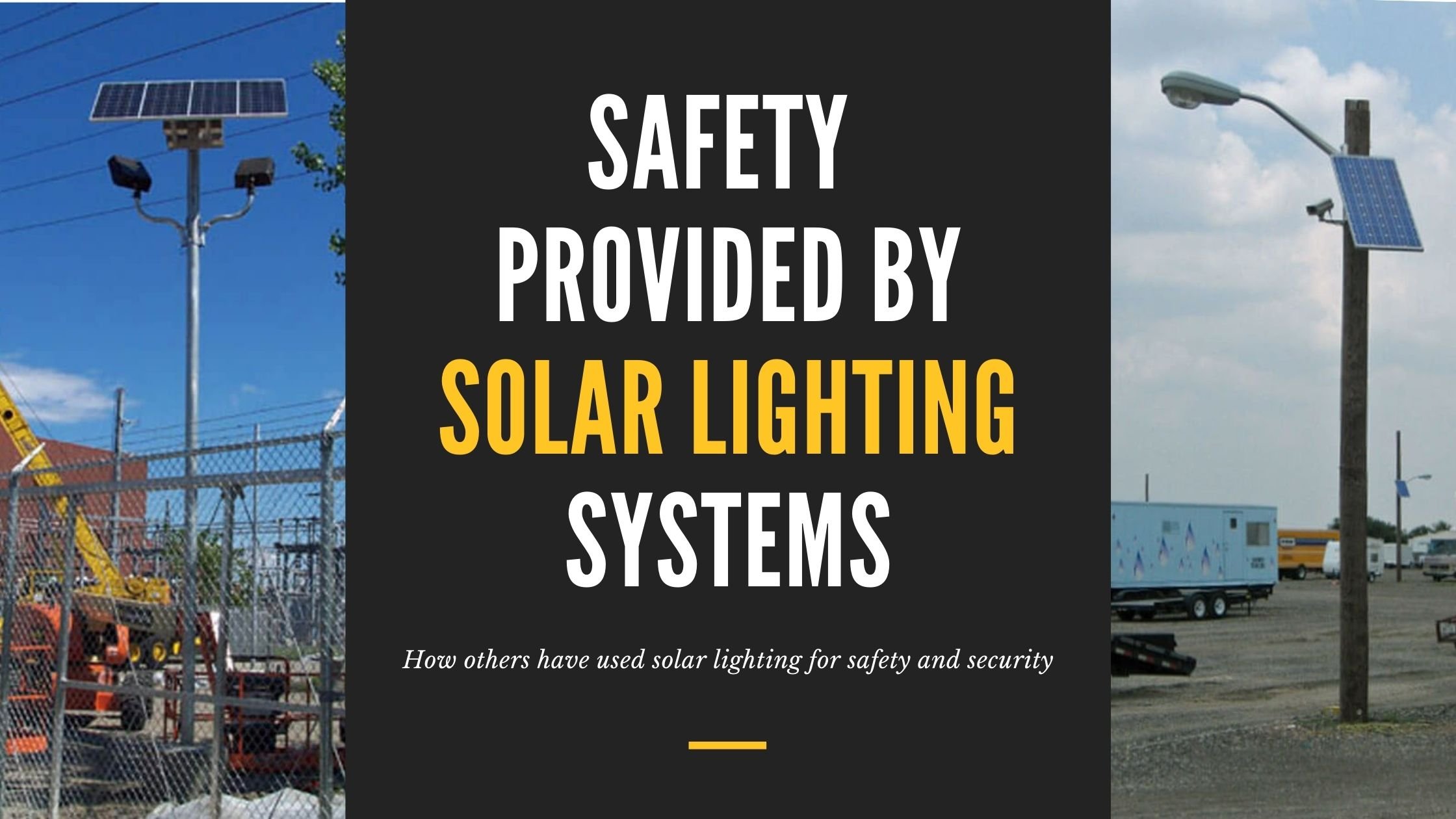
Safety Provided By Solar Lighting
There are many cases where additional lighting is required to add safety and security to a site. Sometimes these sites are very remote and do not...
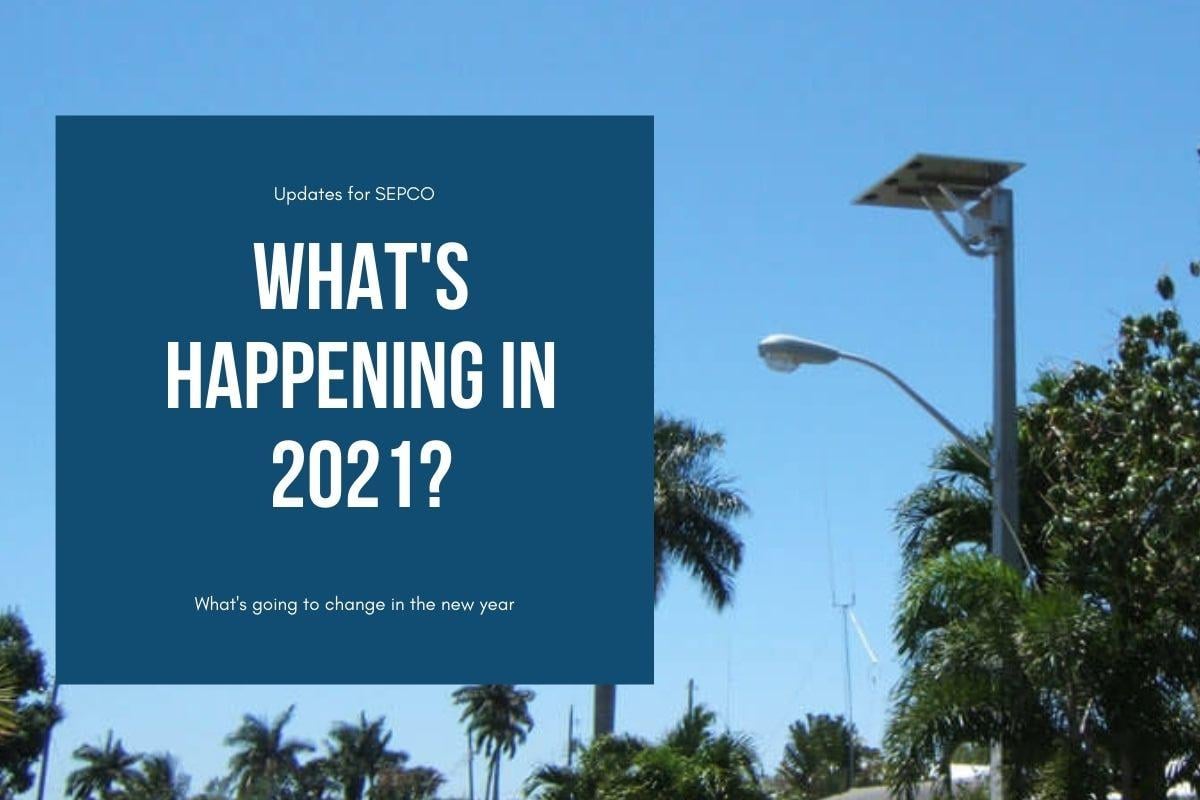
Solar LED Lighting and Power Systems Future After 2020
The last year has been a difficult one for people all over the world. With Covid-19 spreading to every corner of our world, killing people,...
Not sure where to start?
Check out our solar lighting design guide and see what it takes to design a commercial solar lighting system.

